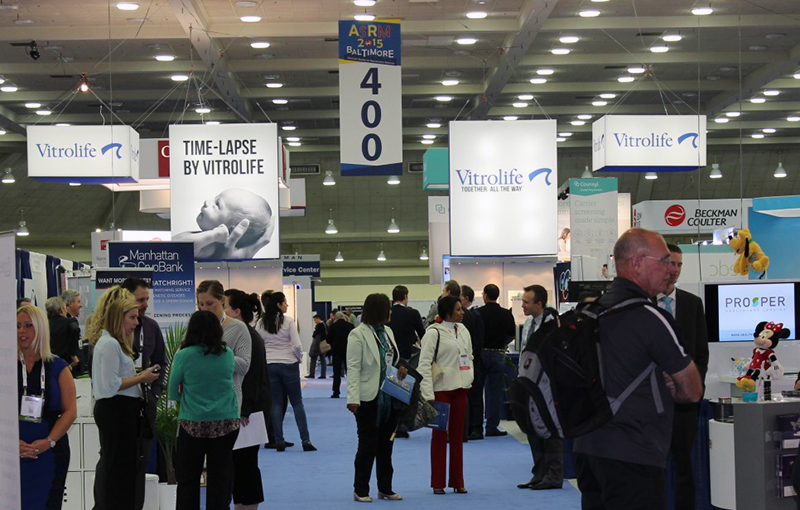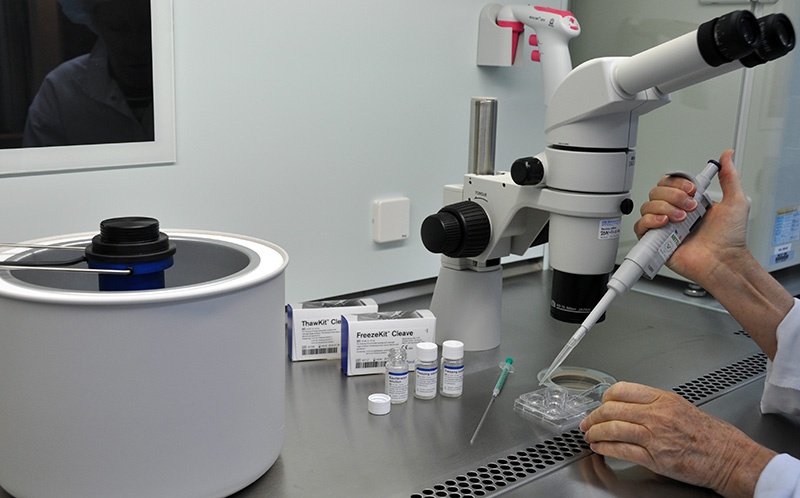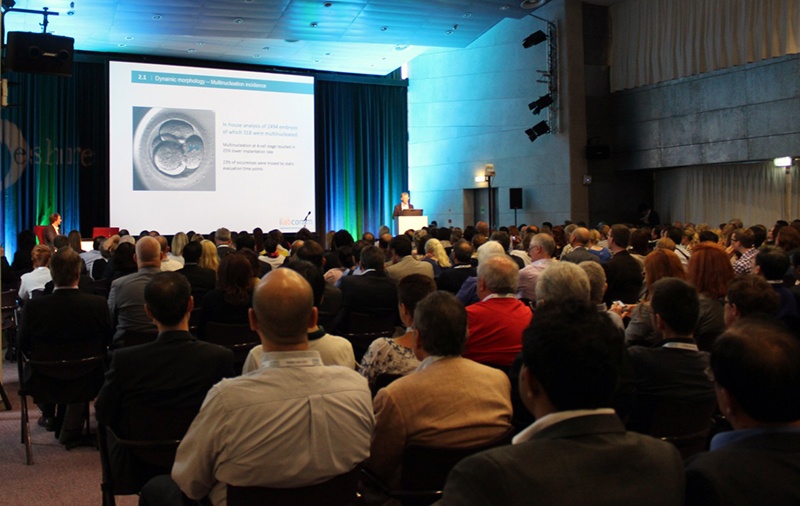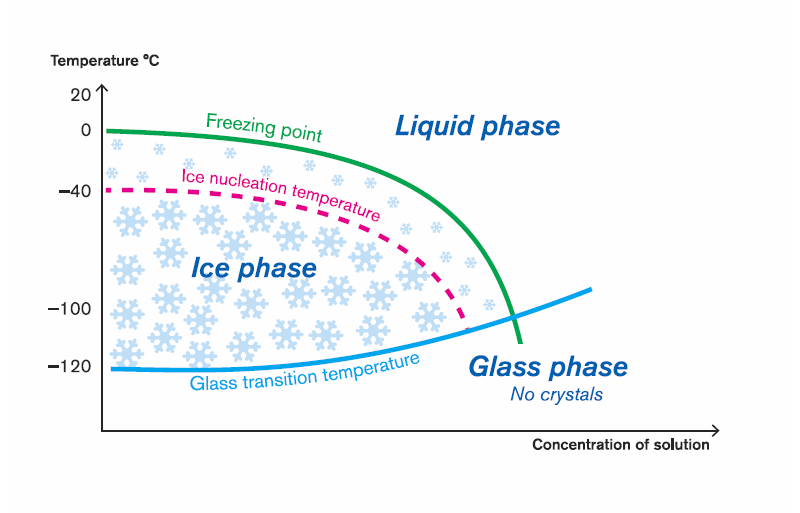Social Egg Freezing: why, who and when?
By Dr. Valérie Vernaeve, Oct 28, 2015
Is so called social freezing, the ability to freeze a woman´s unfertilised egg, a controversial service or a revolution for women? Dr. Valérie Vernaeve, Medical Director at Eugin Clinic in Spain, has positive experience of helping women this way in her clinic. In this blog post she shares her experience and research on the relatively new phenomenon social freezing.
Does slowfreezing still have a role in cryopreservation in assisted reproduction?
By A/Prof David Edgar, Oct 14, 2015
Associated Professor David Edgar is the scientific director at Melbourne IVF in Australia, with extensive experience in the field of assisted reproduction. One of his focus areas is how to optimise the ability of embryos to survive cryopreservation. In this blog post he discusses the question about the role of slowfreezing in assisted reproduction.
Thoughts and reflections from ESHRE 2015
By Vitrolife, Jun 26, 2015
Once again we have visited ESHRE, the annual meeting for European Society for Human Reproduction and Embryology, the biggest event in the field of IVF. Together, the Vitrolife team covered most of the sessions and listened to many interesting and sometimes provoking presentations. In this blog post we will share some of our thoughts from this year’s meeting in Lisbon, Portugal.
Succeed with vitrification - 3 factors that will influence your result
By Hubert Joris, May 13, 2015
Vitrification has in the recent years become the cryopreservation method of choice in many IVF-clinics. With survival rates superior to slow freezing and developmental potential of oocytes and embryos similar to fresh ones, results similar to fresh oocytes and embryos can be obtained. To continuously achieve these high survival rates there are matters to think about. In this blog post I will discuss some important factors.




